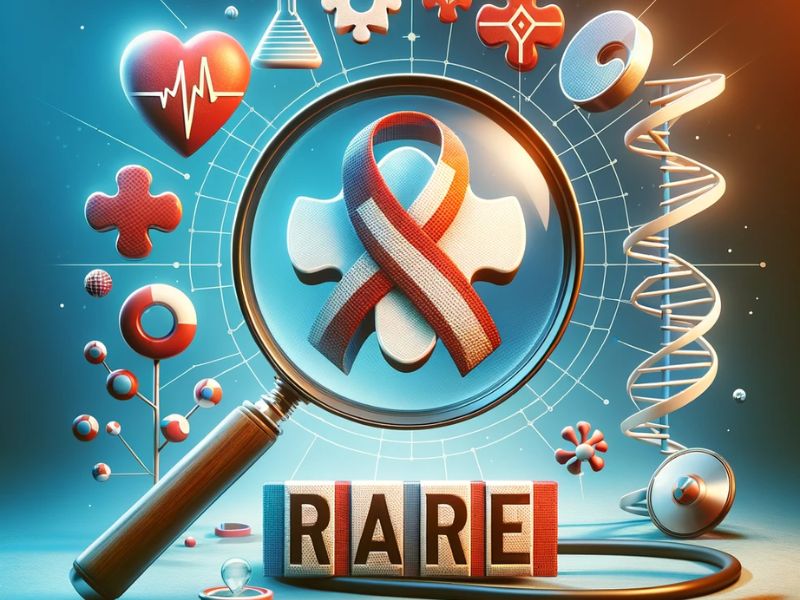
Journey through the world's rarest diseases
An exploration of the most unusual medical conditions that challenge modern science and medicine
The Challenges of the Unknown
Rare diseases affect a small percentage of the global population, yet together they represent a significant medical and research challenge. With approximately 6,000 identified rare diseases afflicting between 3.5% and 5.9% of the world population, these conditions pose unique obstacles to science, from developing treatments to providing patient care. In Europe, it is estimated that between 6% and 8% of the population may be affected by a rare disease at some point in their lives, with only about 400 of these diseases having available therapies. The rarity and diversity of these conditions make their classification and treatment challenging, requiring a collective effort to improve diagnosis and care.
A Universe of Unique Conditions
Among the rarest diseases are conditions such as Methemoglobinemia, which causes a blue discoloration of the skin and respiratory issues, and Microcephaly, characterized by a reduced head size and neurological defects. Parry-Romberg syndrome, which causes skin and connective tissue atrophy mainly on the face, and Epidermodysplasia verruciforme, known as tree man syndrome for its bark-like skin growths, illustrate the wide range of physical and psychological effects these diseases can have on patients.
The Struggle for Awareness and Treatment
Despite their rarity, the collective impact of rare diseases on society is profound, requiring increased awareness and resources for research. Organizations like EURORDIS and programs like the NIH Rare Diseases in the United States work to bring these conditions to the attention of the public and scientific community, supporting the development of new treatments and facilitating collaboration among researchers. Rare Disease Day, celebrated on the last day of February, underscores the importance of joining forces to address these medical challenges.
Toward a Future of Hope
Despite the difficulties, advancements in genetic and biomedical research offer new hope for patients with rare diseases. Precision medicine, for example, promises more targeted treatments based on individual genetics, potentially revolutionizing the approach to rare diseases. As the global community continues to work together, the goal of greater understanding and effective treatment for these diseases becomes increasingly achievable.
Sources



